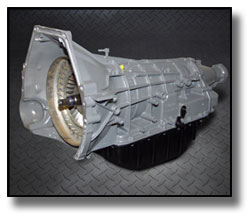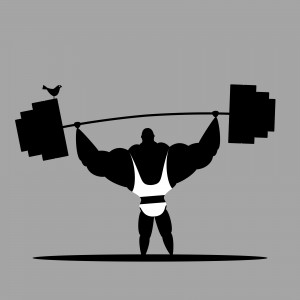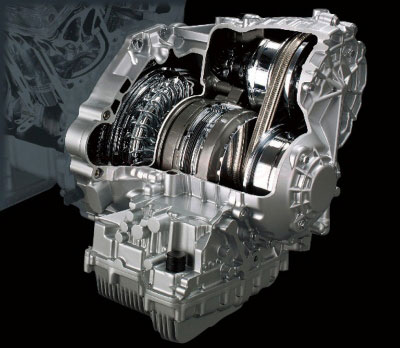
Automatic Transmissions for Sale
Automatic transmissions are a deep mystery to most motorists. They may know the transmission requires some kind of fluid, but have probably never checked the level or even looked for the dipstick unless they drive an older vehicle with a noticeable transmission leak.
When internal problems cause your transmission to act up, it takes an expert transmission specialist with experience to diagnose the fault. If the problem is not low fluid, a faulty solenoid, valve body or controller, the transmission usually has to come out for a tear down and inspection. This can be a time-consuming process, so many shops would rather replace the transmission with a exchange rebuilt transmission when there’s a major internal problem rather than trying to repair or rebuild it themselves.
Rebuilding automatic transmissions is an exact science that requires familiarity with the unit being rebuilt as well as the correct parts, tools and specifications. If you don’t get it right the first time, you’ll certainly get the opportunity to do it over again. The shop can make more money replacing transmissions with a reman transmission purchased from an outside transmission supply company than rebuilding the units themselves. A typical FWD transmission job today can easily run $2,500 to $3,000.
FLUID LEVEL & LEAKS
One of the most common complaints with automatics is fluid leaks. Fluid can leak out of the driveshaft seals, the input shaft seal, the transmission pan gasket, the torque converter or the ATF cooler and line connections. If the fluid level gets low, the transmission may be slow to engage when it is shifted into drive. Gear shifts may be sloppy or delayed, or the transmission may slip between shifts. If the fluid level is really low, the transmission may cause the vehicle to not go at all.
CHECKING TRANSMISSION FAULT CODES:
If a vehicle’s Check Engine light is on, it means the computer has detected a fault and has set a diagnostic trouble code. There’s no way to know if it’s an engine code, transmission code or body code, so you’ll have to plug a scan tool or code reader into the diagnostic connector to extract the code.
If your scan tool or code reader is capable of reading transmission codes (some are not or require extra software) and you find a transmission code, what happens next depends on the code. If the code indicates an internal performance problem, the transmission will probably need the attention of a specialist. Lets leave it at that, take it to a specialist.
Electrical fault codes are set when the transmission controller or PCM detects any sort of problem with the transmission. Performance codes are set when the computer sends out a command, lets say, that the 2-3 shift has slippage.
With electrical codes, you can use a DVOM (digital volt ohm meter) to test a solenoid’s resistance. If the solenoid is open, shorted or out of specifications, it needs to be replaced. Performance codes, on the other hand, require further diagnosis and can themselves be caused by electrical faults in sensors.
Electronic transmissions use speed sensors to monitor shifts and what’s going on inside the transmission. When things don’t match up properly, a “ratio error” fault code may be set indicating something is wrong with the way the transmission is shifting gears. The only way to isolate these kinds of faults is to follow the diagnostic charts for the particular code(s). Ratio error codes often turn out to be caused by a fault in a shaft rpm sensor. Some transmission problems may require “retraining” the computer. This is also necessary if an electronic transmission or computer has been replaced.
Diagnosing your transmission before serious problems cause the need to buy a replacement transmission is of prime importance for the car owner. Time is of the essence. If you are not sure and want to speak with a professional. Call GotTransmissions.com @ 866-320-1182.










